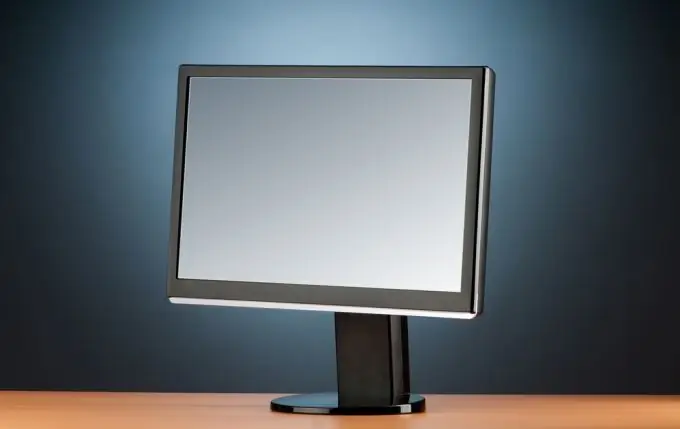Most laptop models allow the connection of an additional monitor. Of course, in this case, you can forget about mobility for a while, but the second monitor in some cases is extremely convenient, because the desktop space is never too large.

Both a monitor and a laptop are quite expensive devices to repair, so we will consider the process of connecting an external monitor in detail.
- To connect the monitor, it is better to turn off both devices first. Although many notebook models are capable of recognizing hot plugging of a monitor, some require an external device to be present when the computer is turned on to work successfully with such an external device. In addition, the "hot" connection of the monitor (that is, connecting the switched on monitor to the switched on laptop) is fraught with the appearance of electrical discharges at the moment of touching the plug and connector, which can damage the laptop in the first place.
- Connect the monitor interface cable to the jack on the laptop. If your laptop only allows connection to the DVI connector, and the monitor is VGA, then you will have to stock up on a special adapter.
- Turn on the monitor, then turn on the monitor.
- Some laptop models will automatically recognize the monitor and an image will appear on it. In this case, the monitor has already been successfully connected. If this does not happen, try pressing Fn in combination with the key that is responsible for switching the image to the second monitor.
- Possible problems, as a rule, are associated with an incorrectly set resolution or screen refresh rate, as well as the fact that the image is only duplicated on the second display. To fix such problems, open the Display component of Control Panel. Here you can configure whether the desktop will be duplicated on the second display, or stretched, increasing its area, as well as set the refresh rate and resolution parameters separately for each of the displays.
- If you still can't fix the situation, try downloading and installing the latest drivers for your graphics card. Perhaps they are the problem. If replacing the video driver also does not help, try replacing the monitor interface cable.






